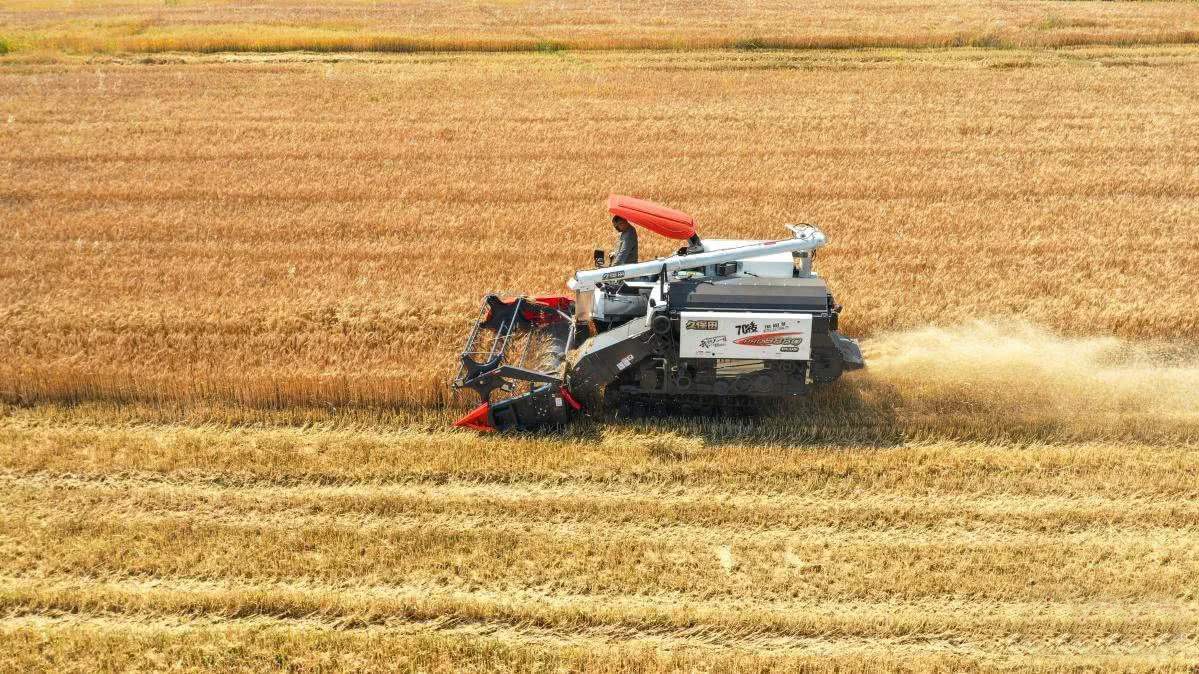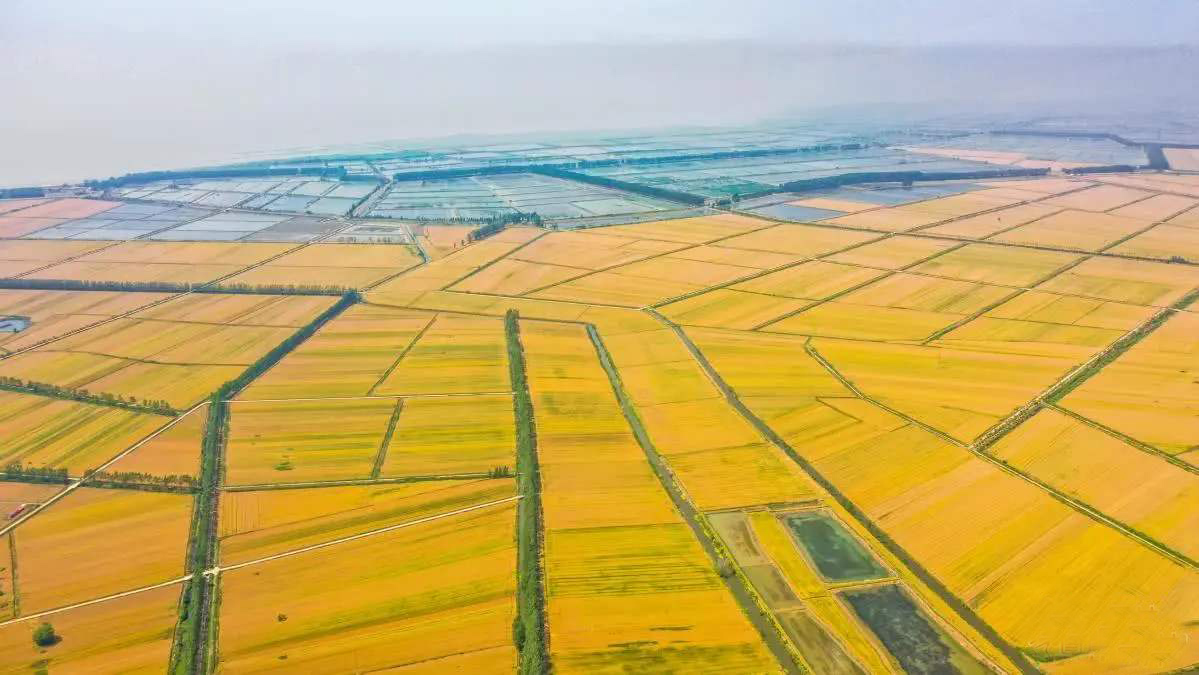Grain condition in China
This year's national grain output is expected to reach 670 million tons
On June 1st, a family farm in Longdongju, Longji Town, Sihong County, Suqian City, Jiangsu Province, was busy. The harvester shuttled back and forth in a 1200-acre golden wheat field. The scene was spectacular.
The "Chinese Agricultural Industry Development Report 2020" and "2020 Global Food Policy Report" jointly released by the Chinese Academy of Agricultural Sciences and the International Food Policy Research Institute (IFPRI) in Beijing today show that national food production in 2020 is expected to reach 670 million tons, which can be a win Provide strong support for the prevention and control of epidemic wars, and the realization of economic and social development goals and tasks for the whole year.


The report shows that during the special period when the new pneumonia epidemic impacted the national economy, the agricultural-food system was less affected, and the agricultural-food system's "strategic backyard" and "reservoir" functions were more prominent. The report uses the Chinese social accounting matrix multiplier analysis method of 149 departments in 2017 to comprehensively simulate and evaluate the potential impact of the epidemic on agriculture and related industries and farmers' income from the perspective of the industry chain. The results of the study show that the epidemic has a significant impact on the national economy and brings uncertainty risks to the international export market, while the agricultural-food system is less affected by the international market, and the proportion of exports in total output and imports in total demand is less than 5%, and it accommodates nearly one-third of the labor force, even if the export trade cannot be fully restored, employment is basically close to normal. As a basic industry, agriculture has a significant output multiplier effect. For every additional unit of agricultural value added, GDP will increase by 3.4 units. Reinforcing the foundation of agricultural development, accelerating the completion of agricultural shortcomings, and supporting the innovative development of agriculture-food system SMEs, especially in catering and lodging industries that are more impacted, will help promote macroeconomic growth and employment, increase farmers’ and Migrant workers' income
Processing demand survey
x